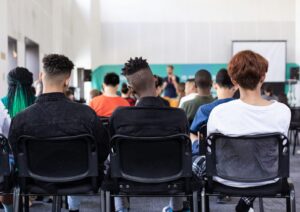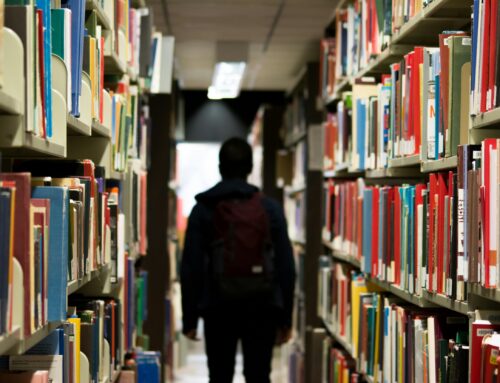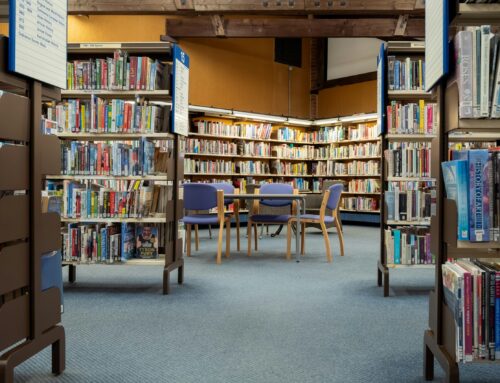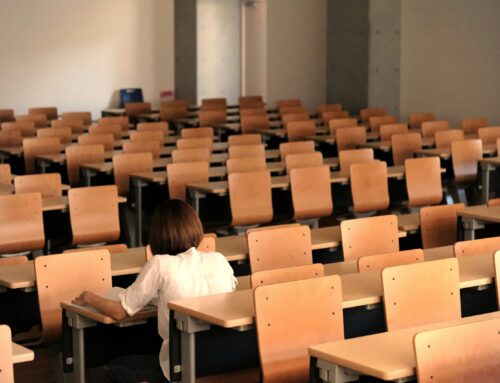 What is Multicultural Literature?
What is Multicultural Literature?
Culture is everything—it’s how we define ourselves and perceive the world in our own, idiosyncratic ways, and it’s an essential part of one’s identity during childhood. It’s also during the first three years of childhood[1] when one’s foundations for literacy is laid in place, as well as the development of their self-concept including a sense of their own culture and language.[2] That’s why exposure to multicultural literature at a young age is an invaluable tool in both promoting cultural awareness and in allowing students of varying cultures to see themselves represented in the literature they are made to read.
Multicultural literature, broadly defined, reflects diverse cultural perspectives, experiences, and traditions. It includes literature written by and about people from different racial, ethnic, linguistic, religious, and social backgrounds. The goal of multicultural literature is to promote understanding, inclusivity, and representation by introducing readers to voices and narratives beyond their own lived experiences.
Multicultural literature would also include literature on issues of gender, sexual orientation, and disability, given these themes are typically out of the “mainstream” of traditional society.[3] For younger students, multicultural literature is more invested in literature that targets their reading level, which often involves an educator or someone else reading them these diverse stories.
The Benefits
It’s been affirmed that multicultural literature that tells of different cultures, languages, and lived experiences help students understand the world better and improve self-affirmation.[4] By introducing students to multicultural literature, it also further teaches them about languages, tradition, values, and encourages valuable connections between students of different cultures.[5]
Getting multicultural literature into more classrooms and educating children is largely the responsibility of the educator, whether that be a teacher at a school or even a parent reading to their kids at home. Since classrooms are becoming increasingly diverse, teachers and other educators need to ensure that their libraries, classrooms, and read-aloud’s should reflect all the children’s varied cultures. When children see their culture in literature, they feel a sense of connection and have their self-concept valued and legitimized, too.[6]
The Challenges
There are challenges when it comes to getting multicultural literature into classrooms.
Firstly, there is the actual cost of books and educational supplies that is a hard reality many teachers face in this climate where, according to The Century Foundation, U.S. schools are underfunded by nearly $150 billion annually.[7] Providing adequate and equitable funding for public schools across the nation is a macroscopic way to address this institutional issue. There is also a lot of resistance to including multicultural literature due to political, religious, or ideological reasons. Some books dealing with race, immigration, gender, or social justice themes are facing challenges, bans, or even censorship. This, though, is a larger issue for older students rather than younger ones, the latter of which are most likely not reading or able to read banned books.
Conclusion
Although there are challenges that are faced when it comes to incorporating more multicultural literature in the classroom, it is a worthy cause to fight for. As mentioned above, teaching students about multicultural literature leads to empathy, stable self-concepts, and awareness of what others’ lived experiences are like. It’s every educator’s dream to instill empathy and knowledge into their students, and with multicultural literature, they can do just that.
Publishing Solutions Group
In today’s diverse classrooms, multicultural literature plays a crucial role in fostering inclusivity, empathy, and global awareness among students. As a K-12 content development company, we stay at the forefront of research and trends to ensure that the materials we help create reflect the rich cultural backgrounds of all learners. By integrating authentic voices and perspectives into content, we support publishers, teachers and parents create meaningful learning experiences that resonate with students from all walks of life.
[1] https://wida.wisc.edu/sites/default/files/resource/FocusBulletin-Language-Culture.pdf
[2] https://eric.ed.gov/?id=EJ1034914
[3] https://files.eric.ed.gov/fulltext/ED468866.pdf
[4] https://scenicregional.org/wp-content/uploads/2017/08/Mirrors-Windows-and-Sliding-Glass-Doors.pdf
[5] https://ila.onlinelibrary.wiley.com/doi/10.1002/trtr.1516
[6] https://www.naeyc.org/resources/pubs/tyc/dec2019/valuing-diversity-developing-understanding-behavior
[7] https://tcf.org/content/about-tcf/tcf-study-finds-u-s-schools-underfunded-nearly-150-billion-annually/#:%7E:text=The%20United%20States%20is%20underfunding,The%20Century%20Foundation%20(TCF
Image free to use under the Unsplash License




